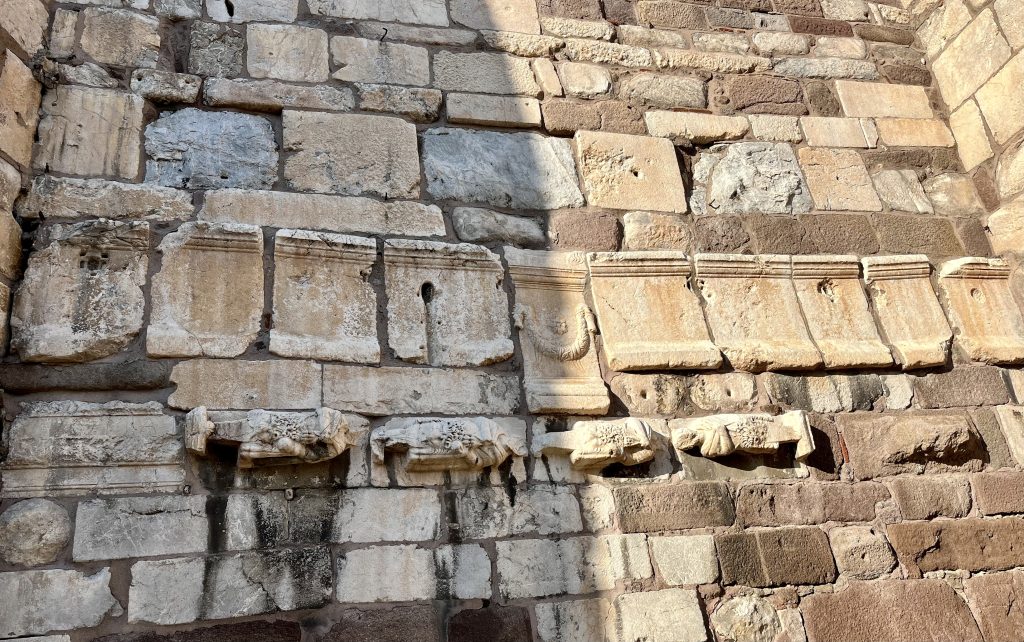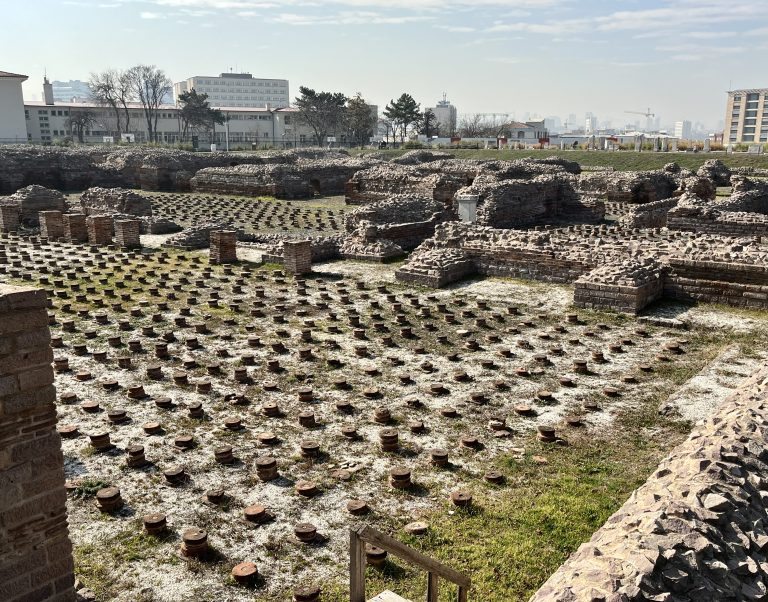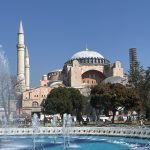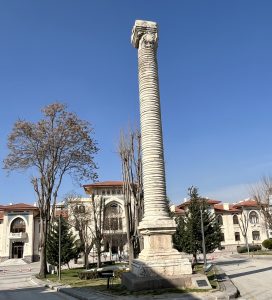 On the surface Ankara, the Turkish capital, may seem like a thoroughly modern city with a core of Republican buildings focused on Ulus. However, on the quiet it also has quite a bit to show for the old Roman Ancyra, a largely Greek-speaking town that existed here from 25 BC until the 7th century.
On the surface Ankara, the Turkish capital, may seem like a thoroughly modern city with a core of Republican buildings focused on Ulus. However, on the quiet it also has quite a bit to show for the old Roman Ancyra, a largely Greek-speaking town that existed here from 25 BC until the 7th century.
The best place to start exploring Roman Ankara is probably the site of the huge Baths of Caracalla on Çankırı Caddesi which stand on top of older Phrygian remains. Alongside the enormous hypocaust system that has been exposed alongside an oval palaestra, there are many gravestones and other finds from the site.
If you cross over Cankırı Caddesi and head towards Heykel (the huge equestrian statue of Aatürk) you will come to the grand building housing the İş Bankası on the left. Take the side road beside it and you will emerge in what was once the Agora of the city. Here a marble column believed to have been erected in 326 to commemorate the visit of the Emperor Julian has been relocated from its original site not far away. Slight traces of Roman buildings can be glimpsed under glass nearby.
Turn right and walk in front of the Zincirli Cami to find a short stretch of the road that ran towards the Agora, off Hisar Parkı Caddesi. It has been excavated but then left to gather rubbish unfortunately.
Head up Hisar Park Caddesi and signed on the left you’ll find the shrine of Hacı Bayram Veli with, right beside it, the town’s most important relic of the Romans which is the remains of the Temple of Augustus and Rome. Erected between 29 and 25 BC to commemorate the visit of the Emperor Augustus, it carries on its walls a copy, in Greek and Latin, of the Res Gestae, a list of the emperor’s achievements that was read to parliament after his death, then inscribed on bronze tables and circulated to provincial capitals. The Ankara version came to light in 1555 and is believed to be the most complete of the surviving texts. Unfortunately although current arrangements provide better protection for the inscriptions than in the past they are no longer accessible to the public.
The temple is believed to stand on the site of an earlier temple to the Mother Goddess, Kybele, and the Moon God, Men. Later it was converted into a church in one of those wonderful examples of how a site, once sanctified, can continue to be hallowed regardless of what religious changes come along.
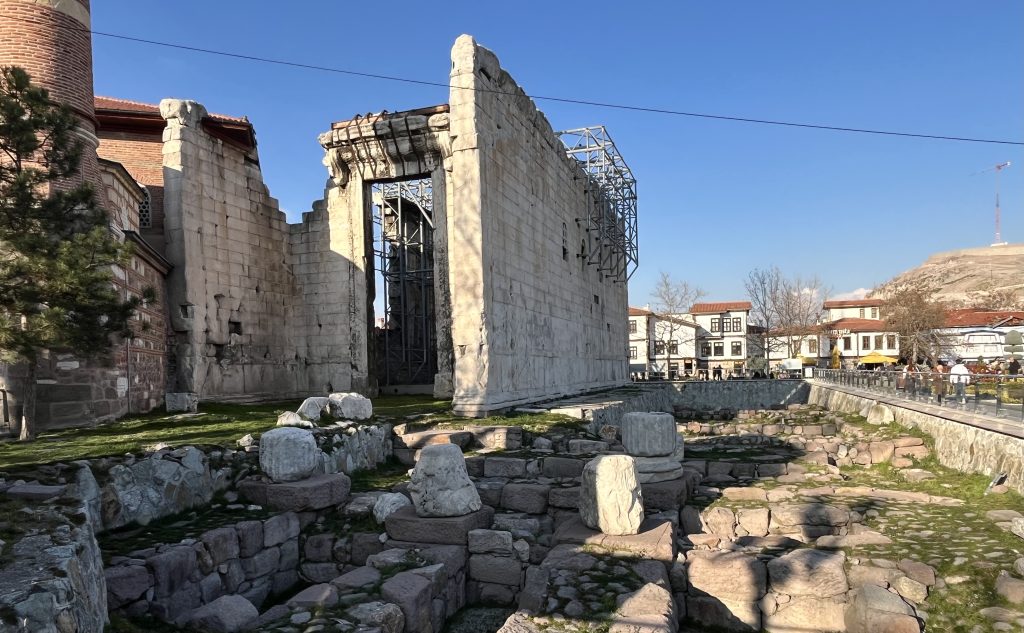
Head back to Hisar Park Caddesi and walk uphill towards the Hisar (Kale). Off on the left you’ll see the Roman theatre crudely rebuilt, with, scattered about it, the remains of the skenae and other associated buildings.
These are the specific Roman sites of Ankara but as soon as you reach the outer walls of the castle you will realise that many more reminders have ended up as spoilia, reused as rubble in the building of the walls. Sometimes this can be quite spectacular as where a line of altars are embedded in the wall near the And Cafe or where the occasional carved lion juts out from the wall or where pillars have been reused as props for the gateways into the Kale.
Several of the mosques in and around the Kale are also partially constructed from abandoned Roman structures: the portico of the Alaaddin Cami, for example, and the walls of the Arslanhane Cami. This is true all over the old part of the city – even in Hamamönü you only have to look closely at mosques such as the Hacettepe Cami to see that the Roman remains were still providing useful building material right into the 15th century.
